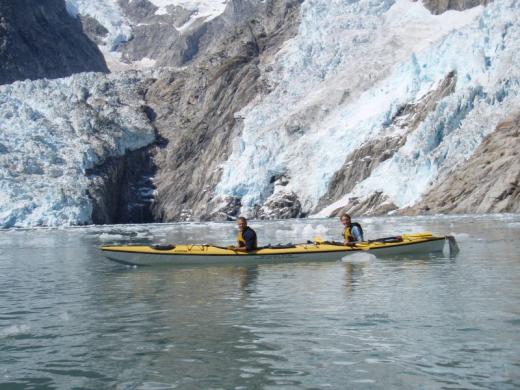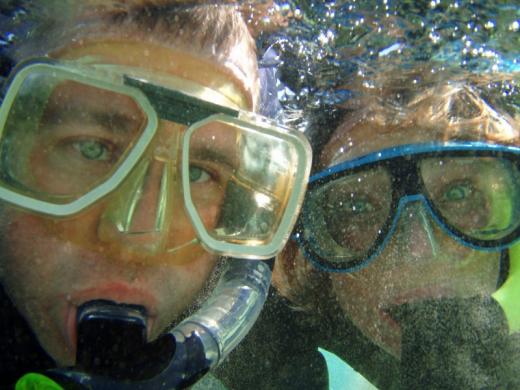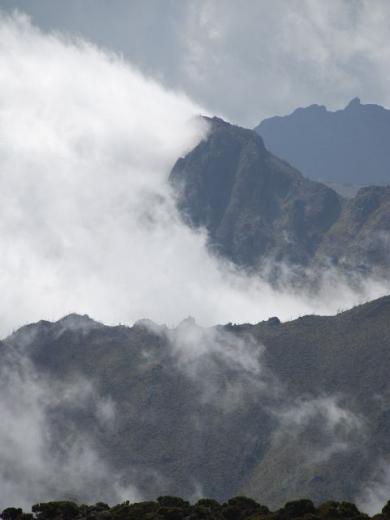Border crossings are notorioiusly slow in this part of the world and ours was no different – the simple act of moving a train load of people from Russia to Mongolia (a process that occurs a couple of times each day) took the best part of 8 hours! The train is stopped, doors locked, worse still bathrooms locked – and then you wait. Hours drift by and eventually the woman from customs, the guy from immigration and the person with a clipboard are all happy and the train is permitted to shunt a few hundred metres into the hands of Mongolian officials – where the whole process starts again! We were stamped in at the border and then a large slice of the night is spent traversing the country to the capital city – Ulaan Bataar.
Arriving early on a Sunday morning the streets were mostly deserted but western signs and billboards awoke our senses – after translating each Russian letter and then word it was quite a surprise. After enjoying a jam, bread and tea breakfast we walked back through town to a Buddist temple, one of the largest in Mongolia. There are very few old monasteries left in Mongolia as Stalin`s troops physically destroyed every temple they found and were directly responsible for the disappearance of 17000 monks – the other 10000 fled the country, hid, or those under 14 years forced to return to their families. The rest of the day we explored the city and organised a 5 day excursion.


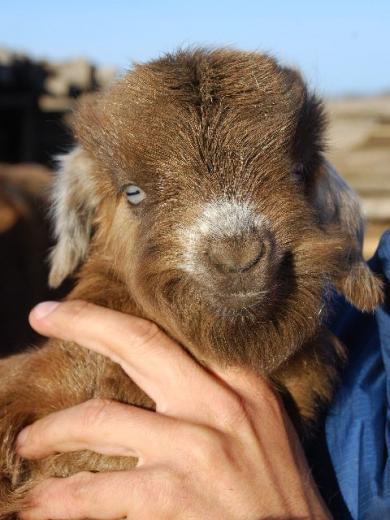

The trip we decided on took us into the Mongolian countryside and national parks, staying with nomadic families each night (the families were not scheduled – part of the nomadic lifestyle is that if anyone turns up at your door you welcome them in, offer them milk tea and make room somewhere for them to stay…all without any fuss or bother). All of the families we stayed with live in a ger (known as a yurt in Russian – a round house with a wooden frame, many layers of felt, and a canvas protective layer on the outside…SO warm, cozy, and obviously easy to transport around when the animals indicate it is time to move on). We covered a little over 1200 kilometres in the 5 days and had some wonderful experiences. Accompanying the two of us were our 62 year old driver who spoke more French than English, our guide (who called herself Doggy!) and Binar – a young trainee guide who spoke little English (but more than either of us spoke Mongolian) and liked to hang over the back of our seat chewing gum and parroting parts of Doggy`s sentences – funny now…not quite so at the time!
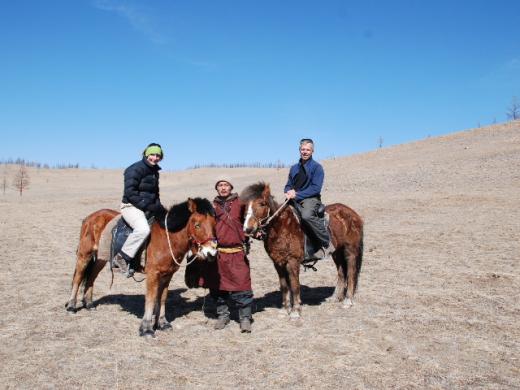
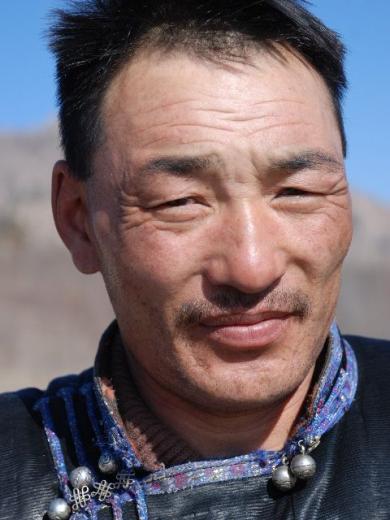
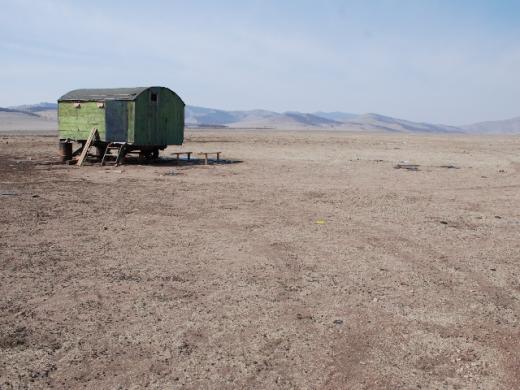
The roads through the countryside resemble farm tracks and we often used them just as a guide to our general direction and drove alongside to avoid the worst of the bumps. Most of the rivers and lakes were still thawing and were solid enough to drive and walk on but we had glorious sunny days and clear starry nights (Mongolia enjoys 260 blue sky days a year).
During the week we visited farms, hills, valleys, monasteries (mostly in ruins), dry lakes, frozen lakes, tributes to Ghengis Khan, old Russian military bases, and miles and miles of grasslands – shades of browns and yellows at this time of year but will soon be green and alive with wild flowers after the spring rains.

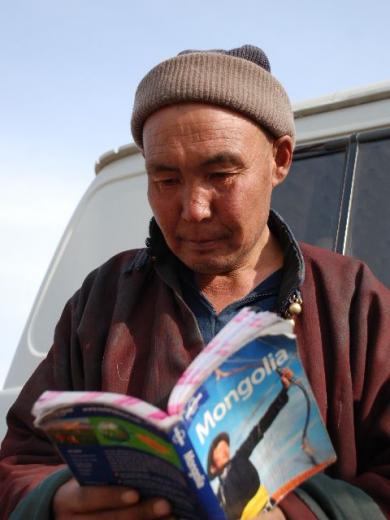




Our final day involved a trip to a national park, where it began to snow heavily but that didn`t deter a little bouldering (so much granite – must come back sometime in the summer with a pack full of climbing gear!), a walk up to a monastery, sushi for lunch (made by us, for something different), and then a stop at the markets on the way back to Ulaan Bataar, where you can buy a ger for $500!!!

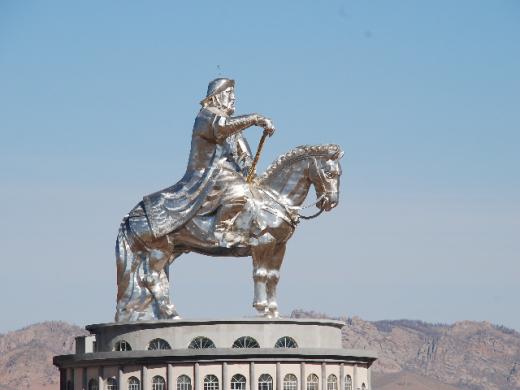

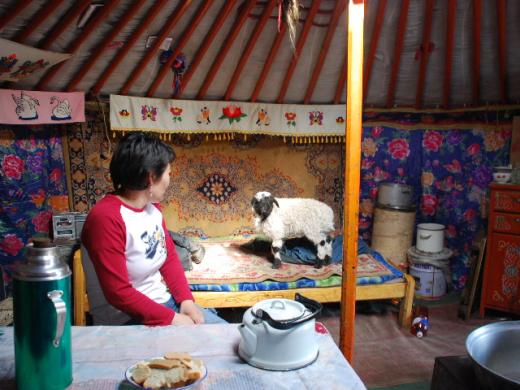
That evening we caught the train to the Mongolian-Chinese border and a sleeper bus the next evening to Beijing.
